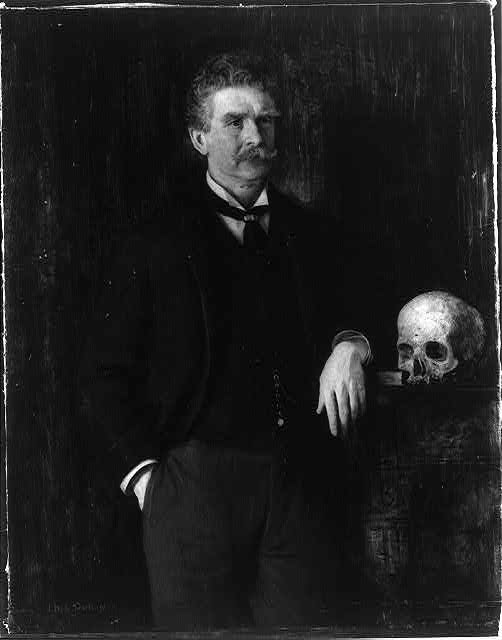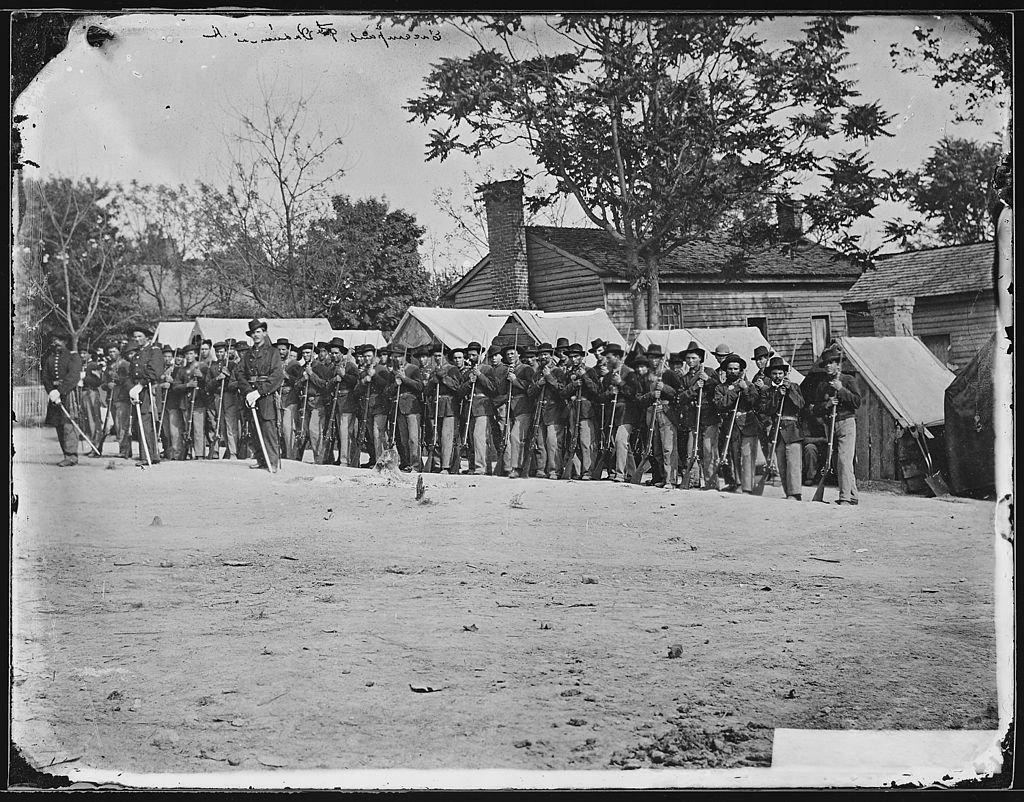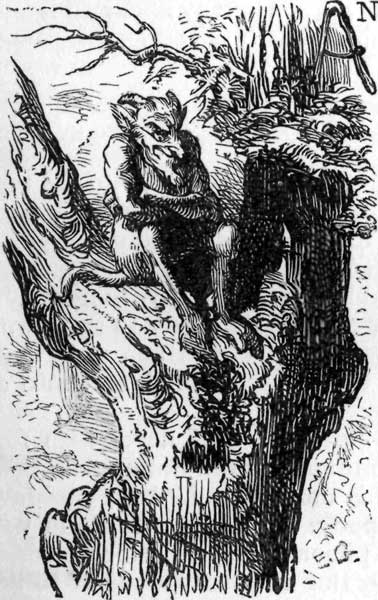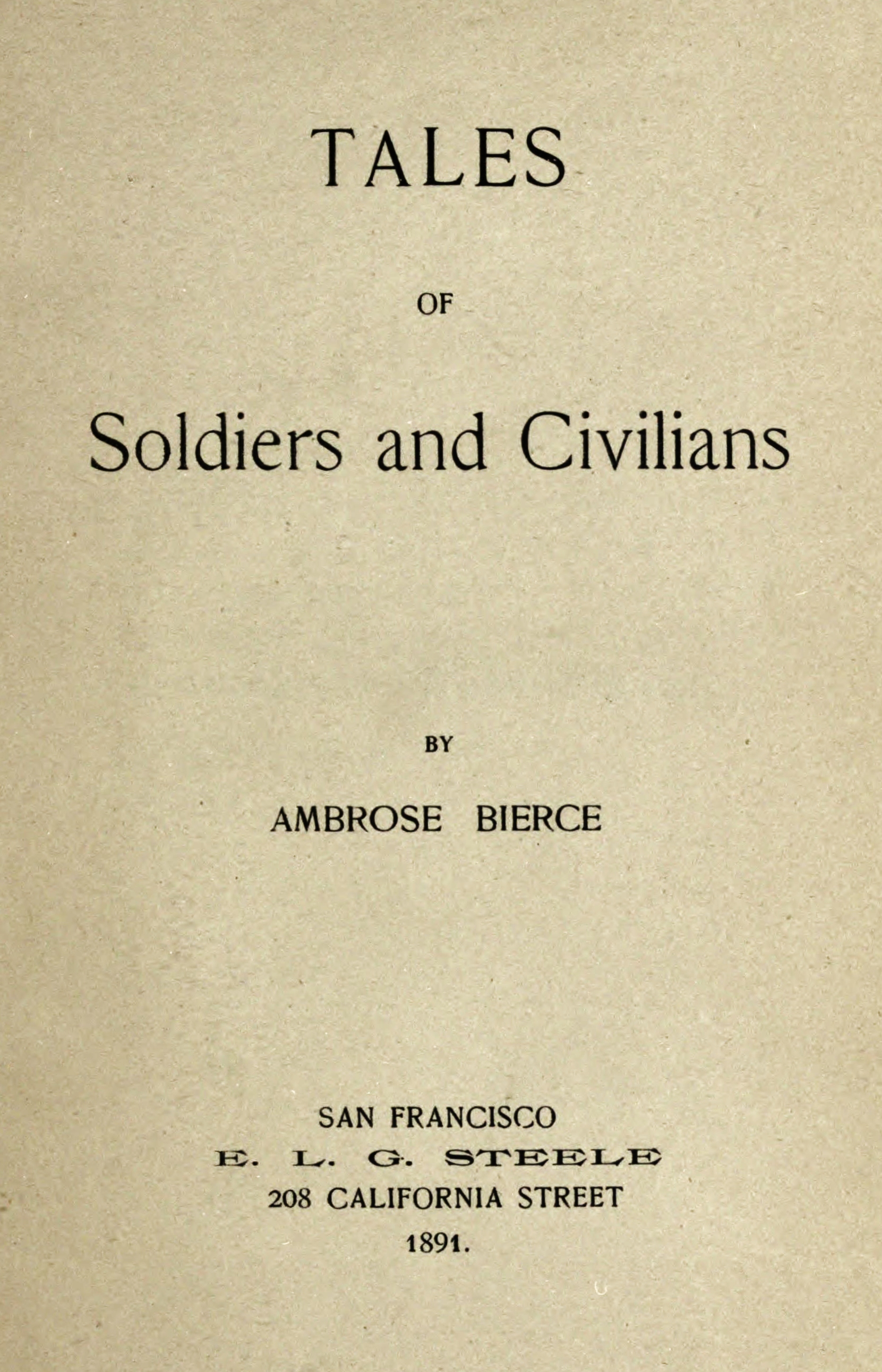See part one, Ambrose Bierce: The Evanescent Man, to learn about Ambrose Bierce’s early life in Indiana and how the Civil War influenced his literary work.
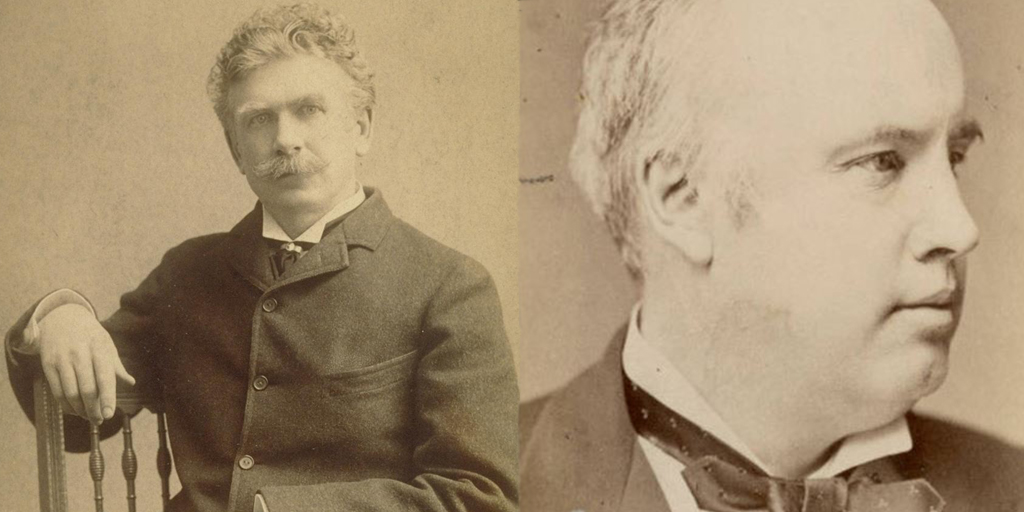
While Bierce’s journalism and short stories garnered serious acclaim, his outspoken views on religion often made him notorious. Bierce’s own agnosticism aligned with another iconoclast of the period: Robert Green Ingersoll. Known as the “Great Agnostic,” Ingersoll was an Illinois politician and lawyer who had a lucrative career in oratory. He gave sold-out speeches all across the country, including Indiana, that were critical of religion, Christianity, and superstition. While there is no evidence to suggest that he and Bierce met, their paths crossed numerous times in literary endeavors and their counter-cultural thinking became an indelible part of 19th century Freethought (broadly understood during the period as an open, reasoned evaluation of religion and spirituality).
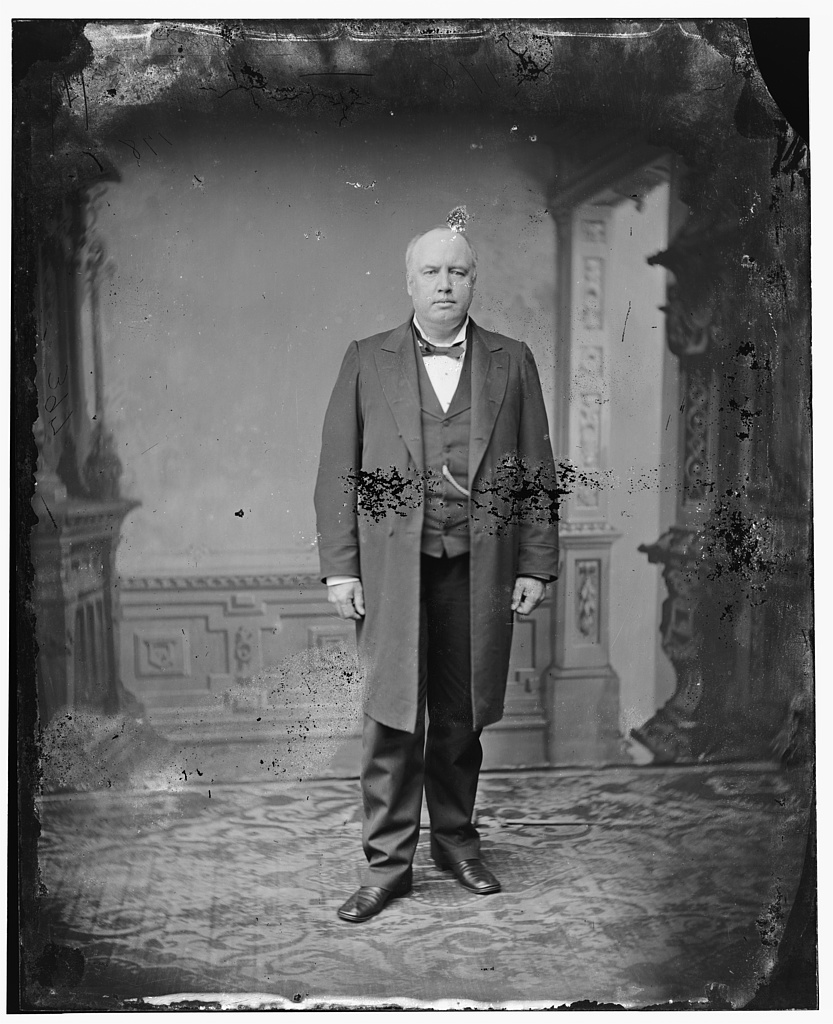
In his essay, “A Dead Lion,” Bierce defended the agnostic orator and responded to his critics. When Ingersoll died in 1899, religious and intellectual leaders all over the country paid their respects to the infidel, but they also continued their criticisms. One such scholar was Harry Thurston Peck, who argued that Ingersoll’s limitations as an intellect overshadowed his prowess as a public orator. Undercutting Peck’s opprobrium, Bierce defended Ingersoll with some clever barbs at religion. “If men can be good without religion, and scorning religion,” as Bierce wrote in the aforementioned essay, “then it is not religion that makes men good; and if religion does not do this it is of no practical value and one may well be without it as with it, so far as concern’s one’s relations with one’s fellow men.”
Of Ingersoll’s own wit, Bierce argued that it was, “keen, bright, and clean as an Arab’s scimitar.” While his pessimism may have rankled Ingersoll’s more utopian proclivities, Bierce’s essay does show a deep intellectual kinship between the two.
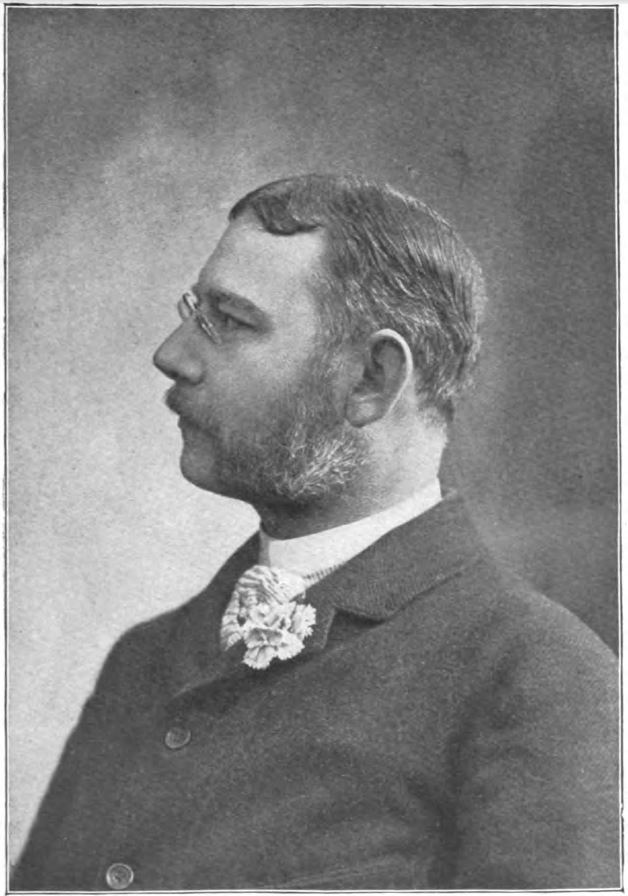
Another interesting connection between the two agnostics was their position on suicide. Both of them favored the practice based on what they described as ethical and reasonable conditions. In his 1894 essay, “Is Suicide a Sin?,” Ingersoll says unequivocally that “there are many cases of perfectly justifiable suicide—cases in which not to end life would be a mistake, sometimes almost a crime.” Bierce’s essay, “The Right to Take Oneself Off,” echoes many of Ingersoll’s sentiments. In one passage, Bierce defends Ingersoll’s position:
It was Robert G. Ingersoll’s opinion that there is rather too little than too much suicide in the world—that people are so cowardly as to live on after endurance has ceased to be a virtue. This view is but a return to the wisdom of the ancients, in whose splendid civilization suicide had as honorable place as any other courageous, reasonable, and unselfish act.
Both Ingersoll and Bierce’s essays reflected a secular, humanistic view of ethics, one that divorces human actions and contexts from the religious beliefs of the past. In some respects, this put both men quite ahead of their time.
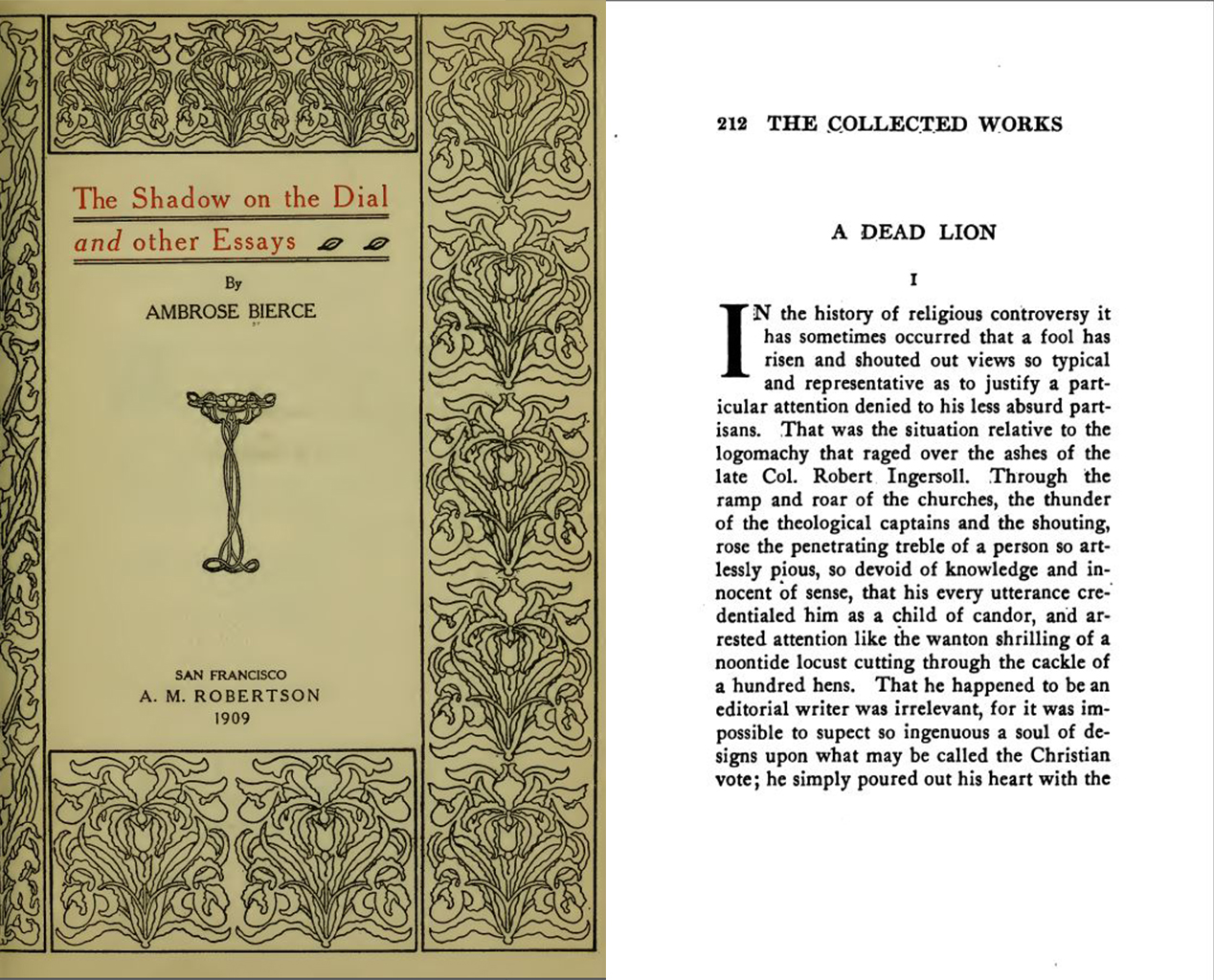
Bierce also held irreverent views on life after death. In an essay entitled “Not All Men Desire Immortality,” Bierce decries the spiritualism of his time, albeit with clever quips such as: “If we have among us one who can put over a blaze by looking at it, the matter may not have any visible bearing on the question of life after death, but it is of the liveliest interest to the Fire Department.” Bierce contemplated questions of the afterlife and spirituality as a skeptic, noting that they are “still as much a matter of faith as ever it was.” In other words, he had to see it to believe it.
Above all else, the lasting legacy of Ambrose Bierce’s free thought and connection to Ingersoll is arguably The Devil’s Dictionary, published in 1911. Originally released as The Cynic’s Word Book in 1906, The Devil’s Dictionary displays Bierce’s heretical nature in economical, but clever definitions. Some entries in his lexicon include, “Apostate: A leech who, having penetrated the shell of a turtle only to find that the creature has long been dead, deems it expedient to form a new attachment to a fresh turtle,” and, “Clergyman: A man who undertakes the management of our spiritual affairs as a method of bettering our temporal ones.” He would often include poems or short story fragments with his definitions, with funny pseudonyms like “Father Gassalasca Jape” and “Booley Fito.” Selected entries also appeared in newspapers throughout the country, and its controversial definitions even inspired critical lectures by clergymen. This work influenced journalist and fellow iconoclast H. L. Mencken, who wrote clever “definitions” in his own columns and newspapers.
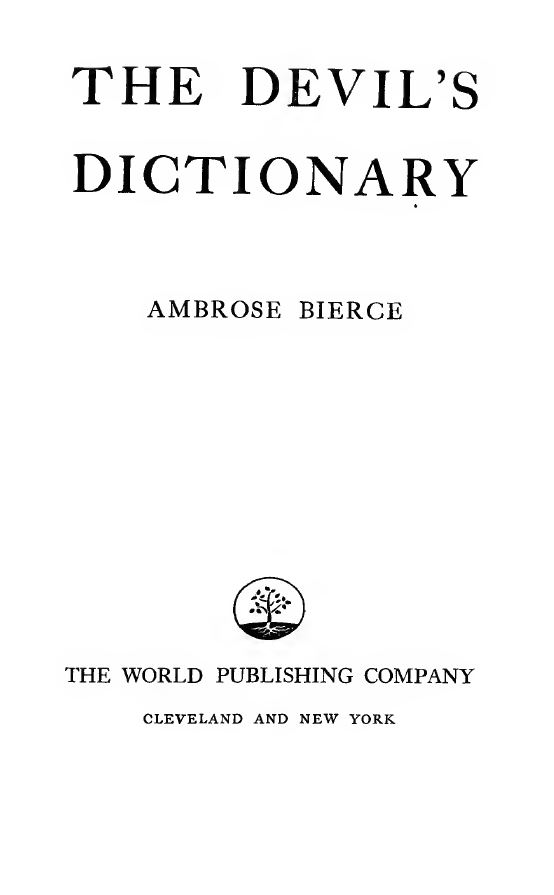
Ambrose Bierce’s life and literary work speaks to an era of “lost souls,” men whose lives were shaped, or shattered, by the Civil War. Some veterans discovered interests in the spiritual, like Ben-Hur author and fellow Hoosier Lew Wallace. Others, like Bierce and Ingersoll, saw it as their life’s mission to destroy myths and comfortable illusions that crept through their society like a plague. Gifted with the power of prose, Bierce’s incisive and often tragically-hilarious writings showcase a man deeply in-synch with his own convictions. Bierce never believed in a personal immortality, but his writing’s enduring appeal has given him an immortality he may have never imagined.

